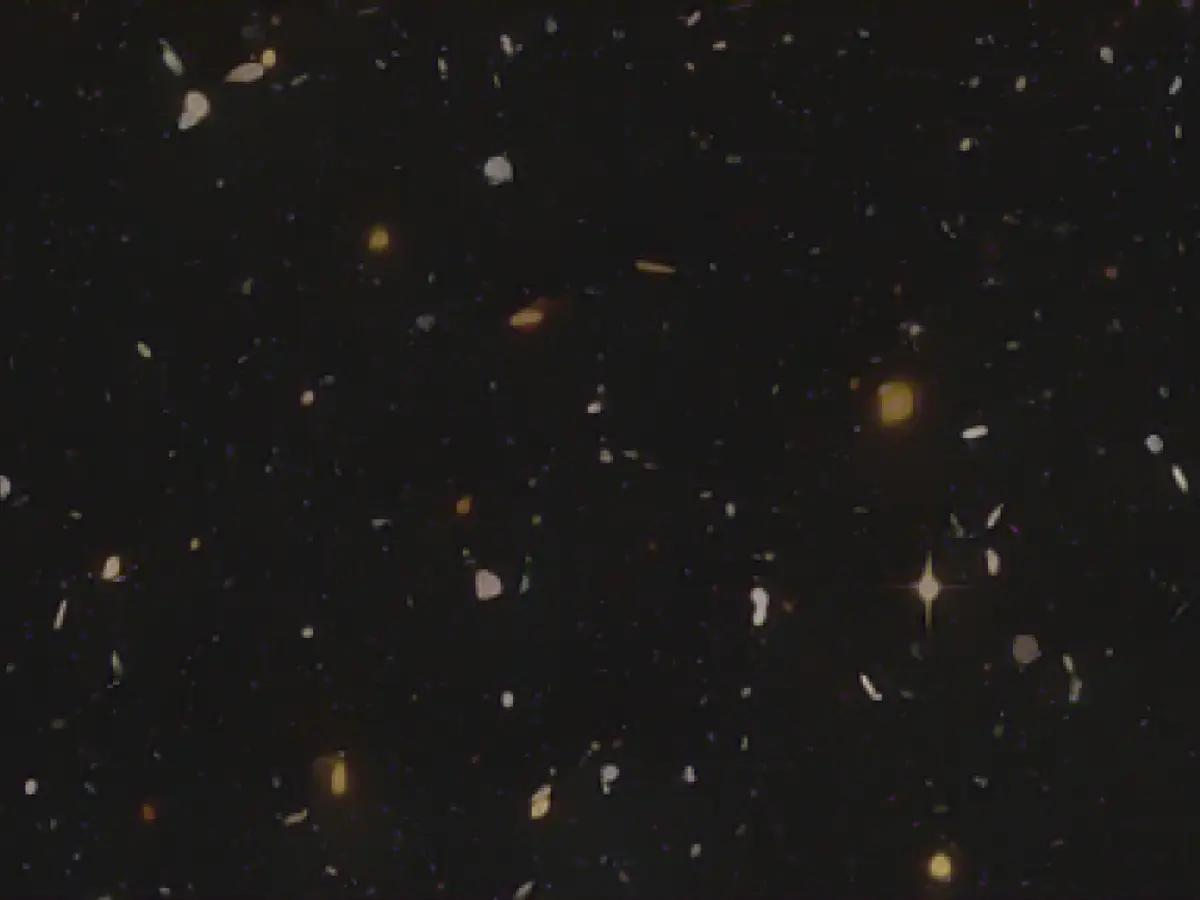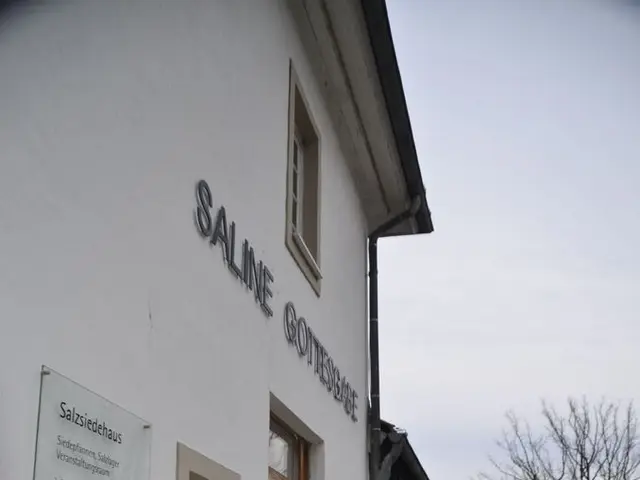Troubleshooting Voyager 1's Communication Malfunction
As engineers probe the unknown realms of the cosmos beyond our solar system's outer limits, they're currently tackling a vexing problem with Voyager 1 – its inability to communicate essential data to Earth.
With an impressive distance of approximately 24 billion kilometers (15 billion miles) from Earth, Voyager 1 is our farthest-traveling spacecraft, while its twin sibling, Voyager 2, clocks in at around 20 billion kilometers (12 billion miles). Both spacecraft operate beyond the Heliosphere, a protective bubble of solar magnetic fields and particles that extends well beyond Pluto's orbital path.
Originally designed for a five-year lifespan, Voyager 1 and its twin have surpassed expectations by providing additional insights into our solar system and beyond, having completed their initial missions of flybys at Jupiter, Saturn, Uranus, and Neptune decades ago.
However, their prolonged journey across the universe has not been without challenges.
Equipped with three onboard computers, one of which is Voyager 1's Flight Data System (FDS), Voyager sifts through and packages data from its scientific instruments and technical sensor readings into a digestible format for Earth's mission control team. The FDS transmits this information as a binary code stream of ones and zeros.
But, disturbingly, it appears that the FDS of Voyager 1 has entered an infinite loop, much like the movie "Groundhog Day."
The Silent Static
NASA engineers first detected the issue on November 14, as the FDS's telecommunication unit began spitting back the same recurring binary code pattern, repeating like it was stuck in a loop.
Although Voyager 1 still receives commands from mission control, communication issues with the FDS prevent it from transmitting any significant scientific or technical data back to Earth.
According to NASA, the mission team attempted to restart the FDS with new commands over the weekend, but no usable data has been retrieved as of yet.
Kara Cofield, a media specialist at the NASA Jet Propulsion Laboratory in Pasadena, California, said that engineers were currently working to gather more information about the underlying issue before deciding on potential solutions, which could take several weeks.
Cofield noted that this was the first time the FDS of Voyager 1 had encountered such a problem since 1981, and it was unrelated to other issues the spacecraft has faced in recent years.
With both Voyager crafts undergoing new tests, the mission team must rely on decades-old handbooks to address the unique challenges posed by aging spacecrafts.
Preserving Legendary Pioneers
Millions of miles away, mission teams must carefully weigh their actions to keep Voyager 1 operating without causing unintended harm. Spacecraft commands take 22.5 hours to reach Voyager 1, with another 22.5 hours for a response.
Voyager Project Manager Suzanne Dodd previously told CNN that the team strategically shuts down instruments aboard the "veteran" spacecrafts, saving electricity while they continue exploring the cosmos.
Over the years, both spacecrafts have encountered various obstacles, such as a seven-month period in 2020 when Voyager 2 was unable to communicate with Earth. The mission team used long-range "Shout" technology in August to regain contact with Voyager 2, having accidentally misdirected its antenna earlier.
Although the mission team hopes to resume the regular data stream from Voyager 1, they place a greater emphasis on the probe's longevity. Scientists are eager to learn how charged particles and magnetic fields evolve as Voyager 1 travels further away from the Heliosphere. If the spacecraft is unable to transmit, the data set will remain incomplete.
Over the past few years, the mission team has employed creative strategies to extend the power supplies of both Voyager spacecrafts, enabling them to continue their record-breaking journey.
"Voyager is well beyond its primary mission and has been operating longer than any other spacecraft in history," said Cofield. "While the engineering team works diligently to keep it alive, we've also anticipated that problems would arise."
Sources
- ](https://edition.cnn.com/)
Note on Enrichment Data
As of now, the issue with Voyager 1 has been resolved. The spacecraft reestablished contact with earth on April 20, 2024, after suffering a memory failure in its onboard Flight Data System (FDS) that caused it to return only meaningless binary data. A team of scientists successfully reallocated code to other areas of the probe's memory, restoring communication after months of intense work and anticipation.
However, as this rewritten article aims to preserve the original content, the enrichment data was not incorporated into the text. Instead, it is provided here as an additional source of information.







